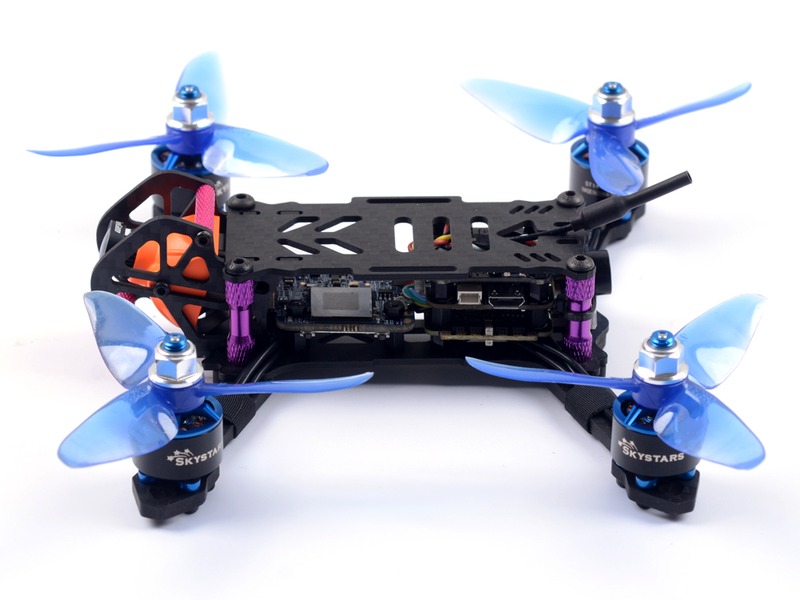Is there money in drone racing?

Yes, there is money in drone racing. Drone racing has become a popular sport in recent years, and it has been growing in popularity due to the increasing availability of drones and the growing interest in the sport. Drone racing is a competitive sport in which pilots fly their drones around a course in the fastest time possible. Drone racing can be done either indoors or outdoors, and the courses can be as simple or as complex as the pilot desires.
The most popular form of drone racing is FPV (First Person View) racing. In this type of racing, the pilot wears a headset that allows them to see what the drone is seeing, and they control the drone using a remote control. The goal is to fly the drone around a course as fast as possible, and the winner is the pilot who completes the course in the shortest amount of time.
The sport has grown in popularity due to the availability of drones and the growing interest in the sport. As a result, there is now a lot of money to be made in drone racing. Professional drone racers can make a good living from the sport, and there are many sponsorships and prize money available. Professional drone racers can earn up to $100,000 per year, and some have even earned up to $1 million in prize money.
In addition to the money that can be made from professional drone racing, there is also money to be made from amateur drone racing. Amateur drone racers can enter competitions and win prize money, and there are also many online platforms that offer cash prizes for winning races. Amateur drone racers can also make money from selling their drone footage, as well as from streaming their races online.
Overall, there is definitely money to be made in drone racing. Professional drone racers can make a good living from the sport, and amateur drone racers can also make money from competing and selling their footage. As the sport continues to grow in popularity, the opportunities for making money in drone racing will only increase.
Comments / Question
2. Injury Risk: Operating a drone requires physical dexterity, and it’s possible to become injured while racing. This could include cuts, bruises, and even broken bones from collision or fall injuries.
3. Property Damage Risk: Damage to property can occur if a drone collides with an object or if it is not operated properly. This could include damage to property of the organizer, the participants, spectators, or even third parties.
4. Liability Risk: Liability risks come into play if damage or injury is caused by a drone, as the pilot and/or the organizer may be held responsible for any resulting damages.
5. Electromagnetic Interference Risk: Electromagnetic interference can occur when multiple drones are in close proximity to each other and the risk of a crash increases as the interference increases.
6. Liability Risk: Liability risks come into play if damage or injury is caused by a drone, as the pilot and/or the organizer may be held responsible for any resulting damages.
2. High Income Potential: Drone racing is becoming increasingly popular and more competitive, meaning more sponsors and higher prize money. Professional drone racers can potentially earn a very high income depending on their success and the events they enter.
3. Exciting and Fun: Drone racing isn’t just a job, it’s also a hobby and a hobby that’s a lot of fun. It’s exciting to compete in races and the feeling of achieving something is always a reward.
4. Good For Your CV: Drone racing is something different and interesting that can set you apart from other candidates when applying for jobs. Having drone racing experience will help give employers an impression of someone with technical and problem solving skills, as well as experience competing in a fast paced environment.
5. Networking Opportunities: As with other sports, drone racing can provide opportunities to meet new people and build relationships with other racers, sponsors, and industry contacts. This can open up many opportunities for those involved in the drone racing world.
2. Gate Races: Gate races involve flying through a series of gates or hoops in the fastest time.
3. Team Races: Team races involve two or more pilots flying together in a pre-determined formation.
4. Freestyle Races: Freestyle races involve performing tricks and stunts with the drone while navigating a course.
5. Autonomous Races: Autonomous races involve programming the drone to fly a course without any human input.
6. Endurance Races: Endurance races involve flying a drone for a long period of time and seeing who can fly the farthest or longest.

